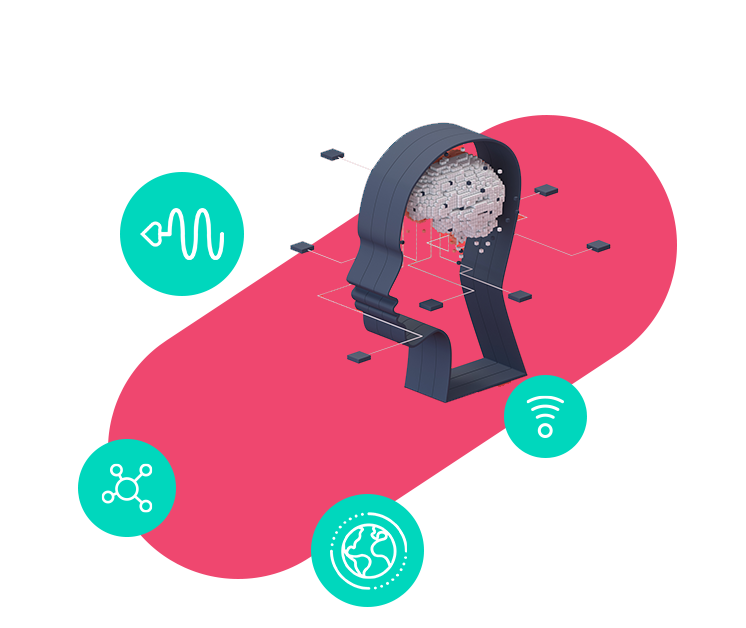As we start to think about a post Covid-19 world, it’s clear the world we once knew has changed, both in and outside of work. We’ve had to adjust our behaviours, how we interact with one another, how we work and what constitutes a working environment. Before the pandemic, there was a school of thought that work was something you do, rather than a place you go, and that notion has been put into practice very rapidly recently.
For those companies with a digital transformation strategy focussed around home working, the rules and restrictions have been easier to deal with. For those who haven’t, they’ve had to rapidly innovate their IT infrastructure to accommodate an employee base at home. With such swift innovation, there are ramifications with making it safe and efficient that might have been overlooked.
Businesses need to become hardened, or more durable, in order to flexibly adapt to changing circumstances, and deliver for their customers and employees repeatedly. There are multiple ingredients required to achieve this, but for them to work cohesively in digital harmony, a durable business should be able to embrace change if it were forced on them again, internally or externally.
At the heart of business durability is the core network infrastructure. Cloud has undoubtedly been an unsung hero throughout this period of uncertainty, facilitating the ability to collaborate through tools that provide us with the ability to see and hear each other.
However, the performance of cloud applications can be stifled by the quality of the network underneath, which many of us have probably experienced. Legacy fixed and rigid network infrastructures were never designed to accommodate the elastic profile of cloud traffic, and this can have a detrimental impact on performance. In the same way, it’s apparent when public broadband networks are being heavily utilised.
The underlying network is important. A network that is engineered to behave in the same way, with the same high performance, whether it’s based on a private infrastructure or public one globally is key. Add in the ability to manage traffic appropriately across that high performance infrastructure to ensure the right traffic has the right priority at the right time, continuously.
To cope with the changing dynamics of the new world, you need a connectivity partner to support you and to allow you to innovate and change as required. We recently published a guide on how to lead your IT projects through change, with input from leading analyst house, Frost and Sullivan, and compute software giant, Oracle. Access the report here to find out more.
Mark Hollman, Strategic SD WAN Specialist
Recent articles
What's your goal today?

1. Connect to the Colt network
Our network directly connects 32,000+ buildings, with millions more through our extensive worldwide partners, powering global businesses with high bandwidth requirements. Find out if you're Colt connected now.

2. Learn more about digital infrastructure
We've worked with experts to build hundreds of guides, whitepapers and blogs across a range of technology & infrastructure topics, as well as videos, webinars & lightning talks. Find out more about them below.

3. Explore our customer success stories
We work with global businesses to deliver world-class connectivity solutions, with a range of available professional & managed services to help you get exactly the right fit for your business. Read more about some of our customers' success stories.

